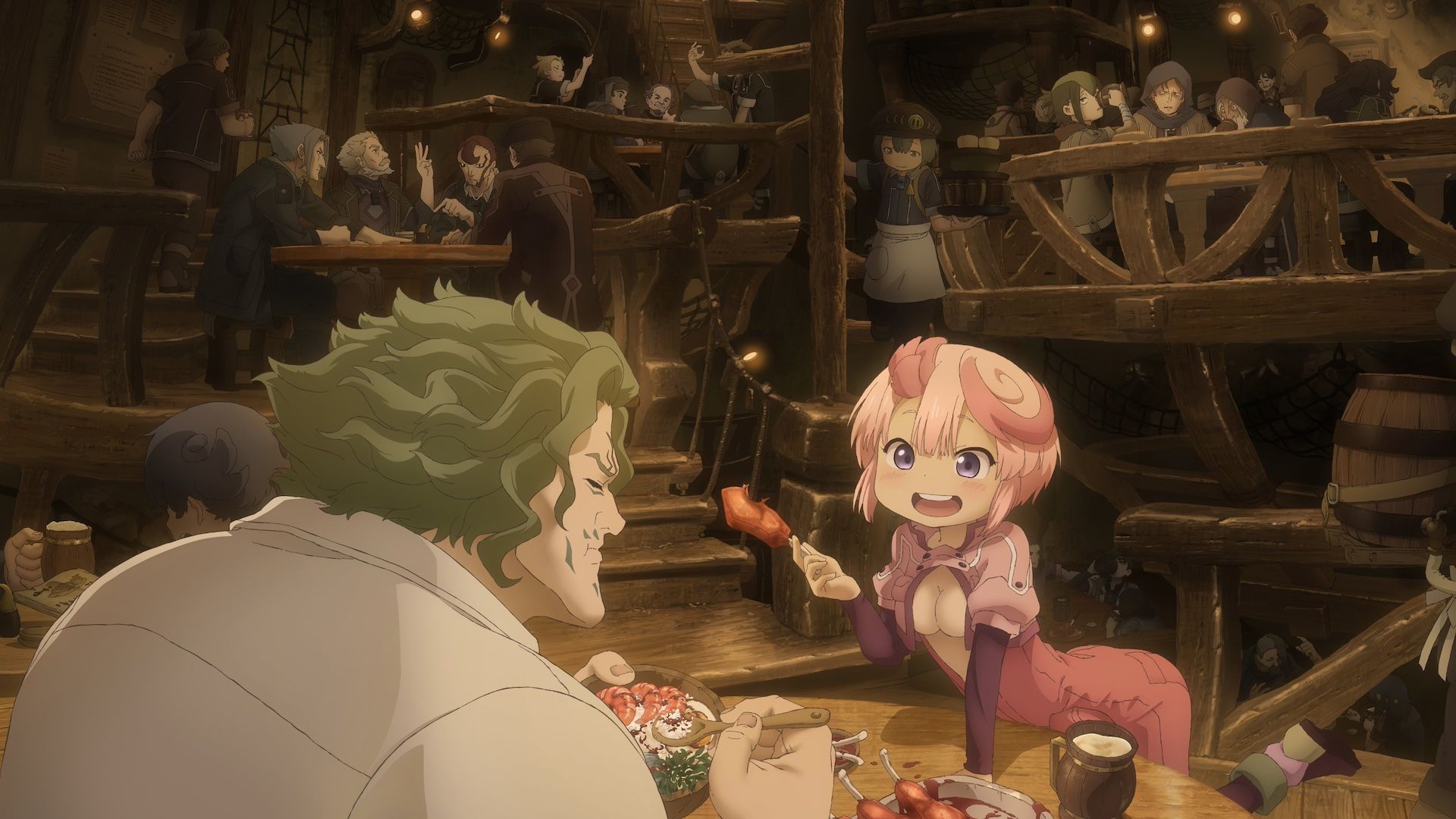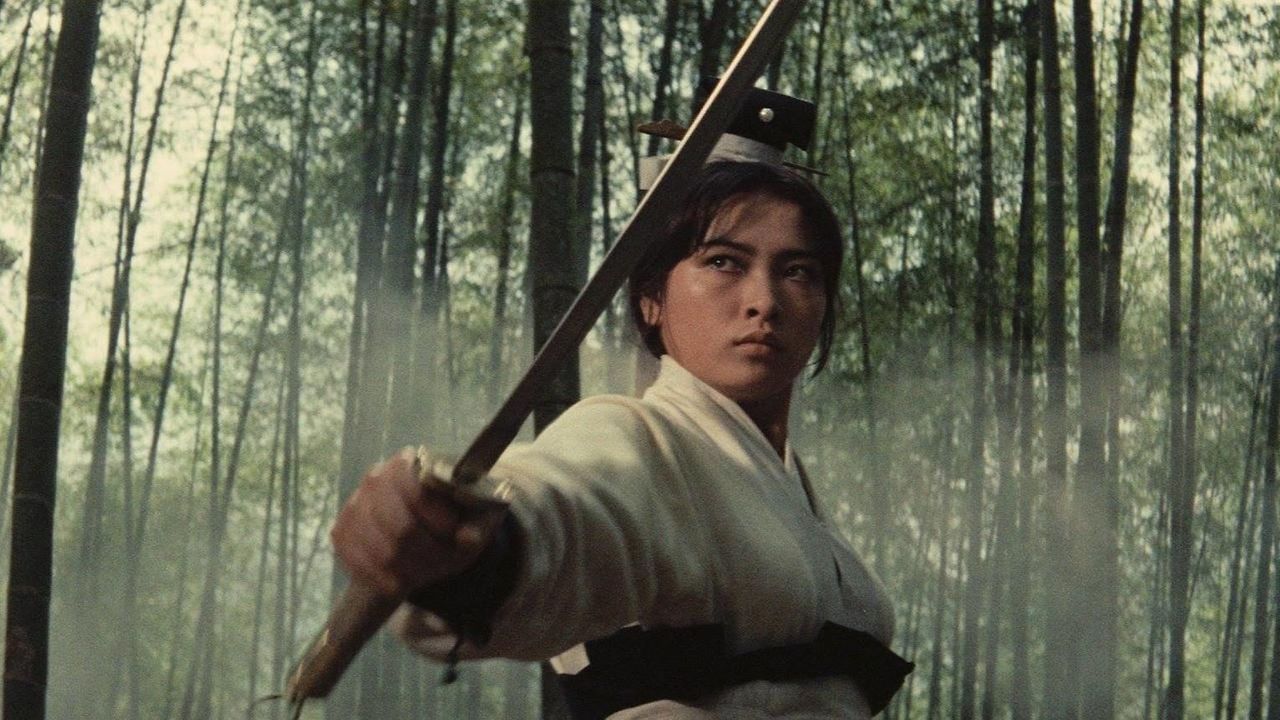In China, there’s a syncretic concept known as San Jiao He Yi, referring to the interconnection between Confucianism, Buddhism and Taoism. Together or apart, they all bring us closer to the unveiled truths of how to live a more contented life. In his illuminating Criterion commentary track, Tony Rayns suggests that Zen embodies these spiritual shifts; the moon expresses the Taoist flow of energy within nature, the sun channels Buddhist enlightenment, and Gu quotes the axioms of Confucius in between. Through the unlikely prism of Gu’s journey, Zen fortifies these “three teachings” into a harmonic whole.
Like in many of Hu’s films, the opening stretch of A Touch of Zen hooks you like a cozy whodunnit. Not long after going to work, Gu is swept into the interlocking intrigues around a colorful troupe of new faces, who take up sudden residence in his mountainside village. As with Agatha Christie’s locked room mysteries (such as the proto-slasher And Then There Were None), no one is who they seem, and part of the fun is discerning who are the hard-luck heroes and who are the bad guys with a rictus grin. As did Christie, Hu relished using a single, enclosed location to weave a tightening vinework of suspense. One newcomer turns out to be an honorable general, only for another to be revealed as a low-level goon working for a corrupt eunuch of the Eastern Depot—the Chinese secret police Hu has compared to the Gestapo. Once masks fall, blows follow. Gaurav praises that masterful unspooling of plot, writing that “no Shaw film would have delayed the basic exposition so cunningly.” Elsewhere, the statuesque Yang moves into a rumored haunted fortress with her mother. They, too, have secrets yet to be revealed.
After that first hour of measured, pent-up energy, Zen transitions into a stunning travelogue. Hu celebrates the splendor of the Taiwanese landscape just as Peter Jackson did with New Zealand in The Lord of the Rings, taking advantage of an under-filmed country fit for fairy-tale panoramas: forests shrouded in ethereal plumes of mist, spanning below a mountainside monastery perched atop a waterfall so tall the flow never reaches ground. Other martial arts pictures, like 1967’s The One-Armed Swordsman or the Wu-Tang-famed The 36th Chamber of Shaolin from 1978, were occasionally shot on location but were largely set-bound, ornate and artificial. In contrast, Hu embraced the power of an untamed natural world. Todd describes that pictorial sweep “like you are watching a visual novel,” as if Hu didn’t scout these locations so much as conjure them out of his imagination.
Gu is eventually tasked with the defense of the “haunted fortress” against the eunuch’s forces. It’s a sequence that unfolds almost as a Zen kōan brought to life, posed as: how can a penniless scholar defeat a fierce army? His scheme is to deploy sleight of hand to convince the invading army that the grounds are haunted with wraiths and phantoms, driving them into a state of vulnerable panic—easy marks to be picked off one by one. Or, as Jake jokes, the scene unfolds as “a spineless nerd who takes a backseat to his own story until he gets to play armchair Napoleon/Home Alone using all his military history reading.” Gu’s strategy is to win by telling a ghost story. The plan succeeds, and he walks through the grounds with a bellyful of laughter, delighted at his victory. That is, until he sees the bloodshed his plan won him, and from that point to the end of A Touch of Zen, he recedes into a more minor role, the judged consequence of discovering violence at your hands.
















